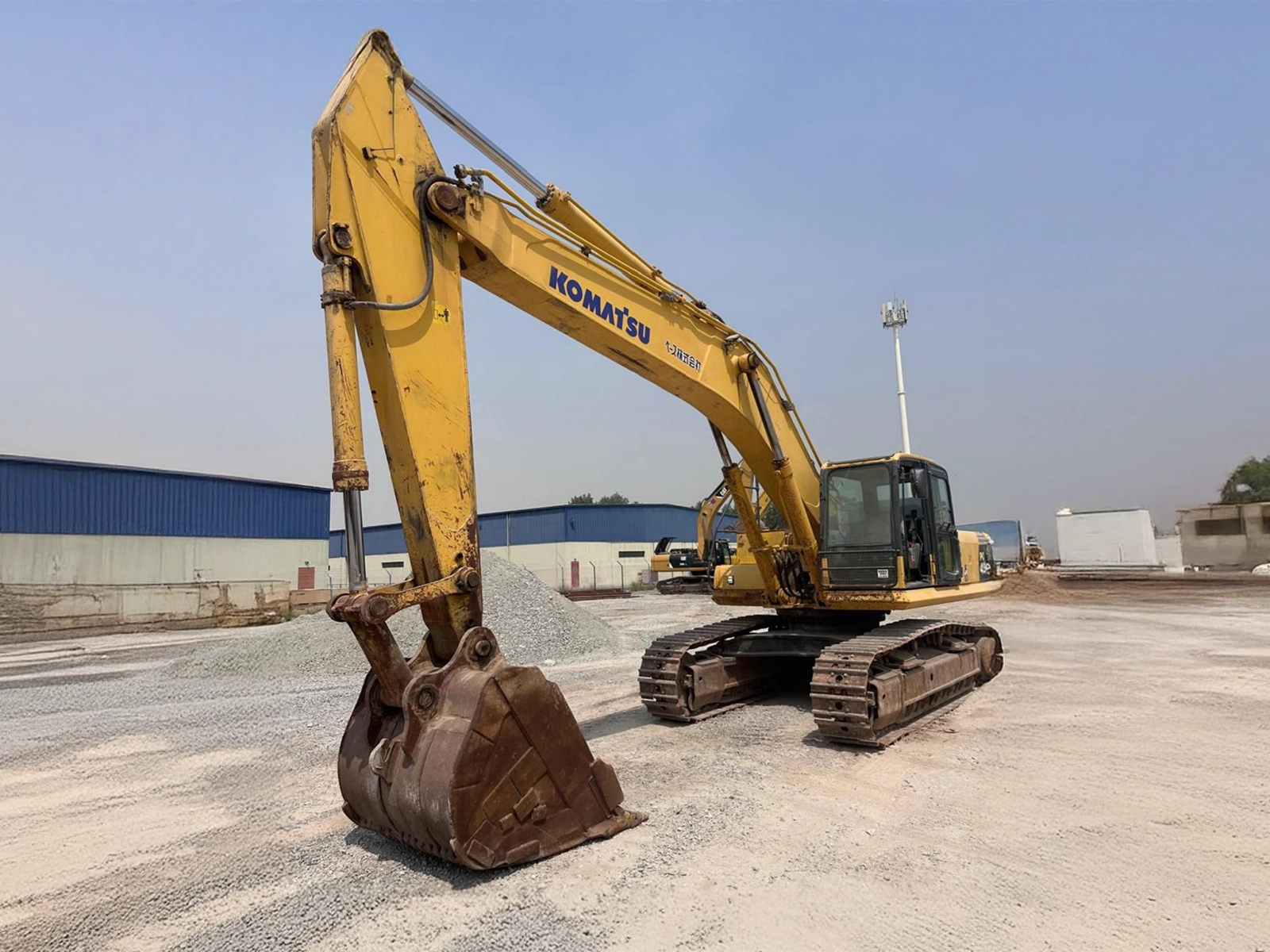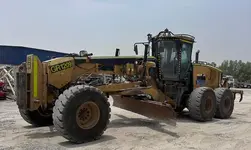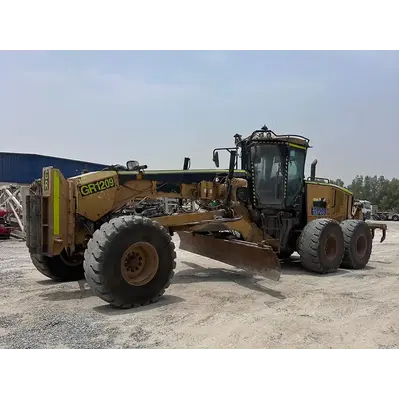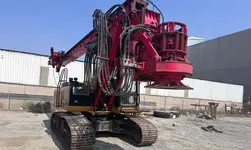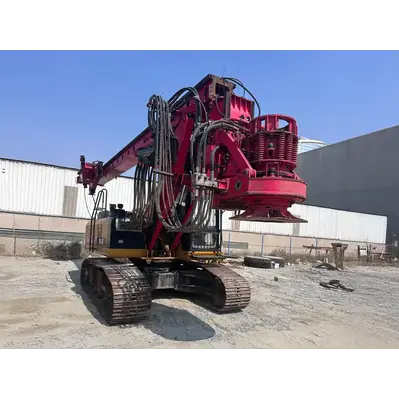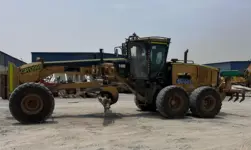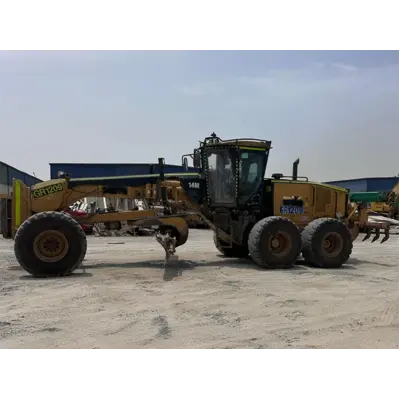Excavators 2025: Powering The Future Of Construction
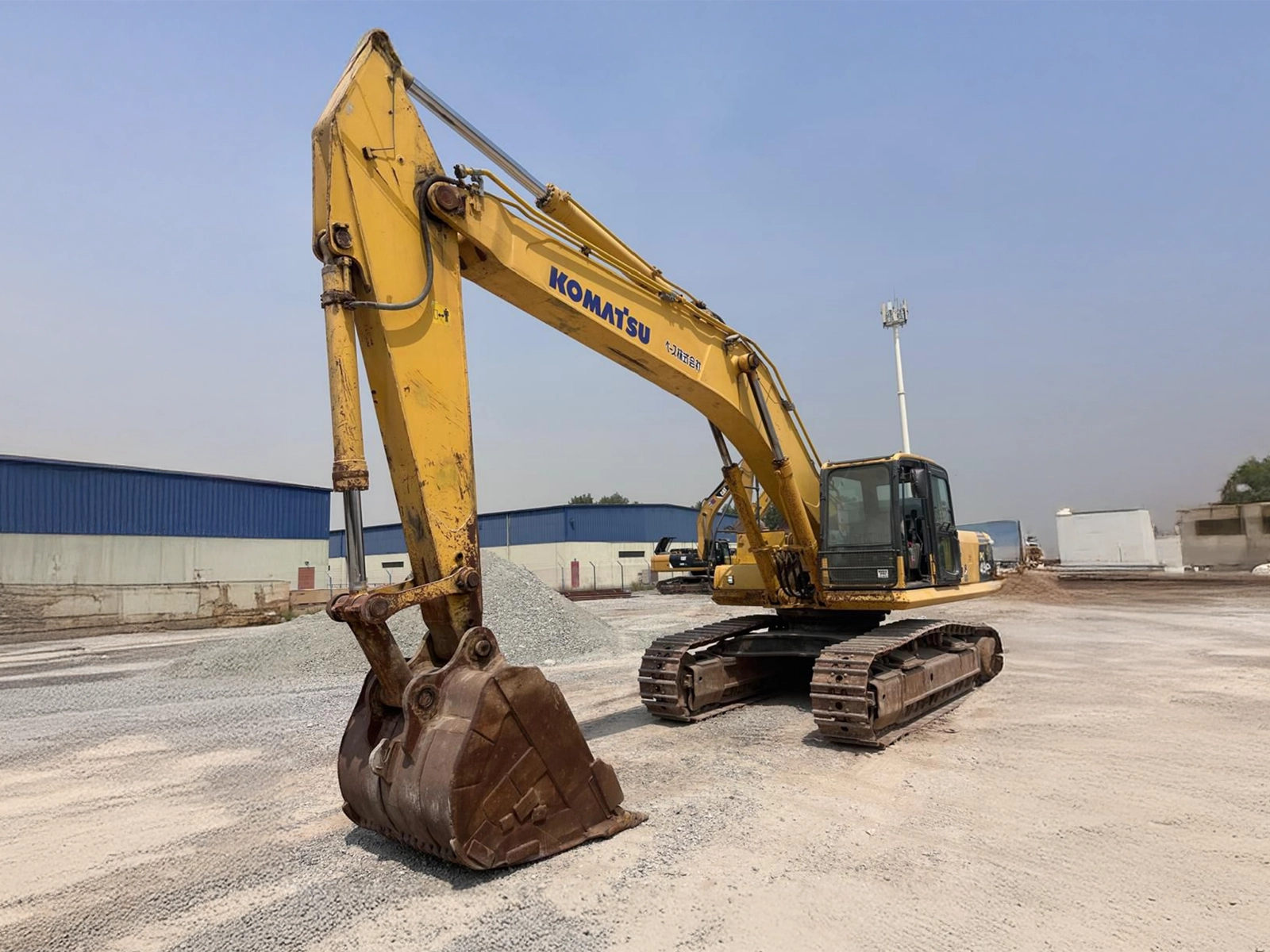
Excavators have long been the backbone of the construction industry. From digging foundations to handling demolition and mining operations, these versatile machines remain indispensable across sectors. In 2025, excavators are undergoing a transformation driven by technology, sustainability, and efficiency, making them one of the most dynamic categories in construction equipment.
The Rise of Smart Excavators
One of the biggest trends reshaping the excavator market is the integration of smart technologies. Modern excavators are now equipped with GPS, telematics, and 3D machine control systems that allow operators to work with greater precision. This reduces fuel consumption, minimizes rework, and enhances safety on crowded sites. For example, automated grade control ensures exact digging depths, helping contractors save both time and money.
Remote monitoring is another game-changer. Fleet managers can now track engine hours, fuel efficiency, and maintenance needs in real time. This predictive maintenance not only extends the machine’s lifespan but also minimizes unexpected breakdowns—critical for contractors working on tight deadlines.
Electric and Hybrid Excavators: Greener Choices
With rising environmental concerns, electric and hybrid excavators are gaining momentum. Major manufacturers like Caterpillar, Volvo, and Komatsu are introducing battery-powered or hybrid models that drastically cut emissions and noise. These machines are particularly suited for urban projects, tunnels, and environmentally sensitive areas where traditional diesel models face restrictions.
Although electric excavators currently have higher upfront costs, their lower operating expenses and regulatory incentives are making them increasingly attractive. Over the next decade, electric excavators are expected to represent a significant share of the global market, especially in Europe and parts of Asia.
Compact Excavators on the Rise
As urbanization accelerates, the demand for mini and compact excavators is soaring. These smaller machines are ideal for working in tight spaces such as city roads, residential projects, and landscaping sites. Despite their size, compact excavators now offer advanced features like quick couplers, multiple attachments, and telematics, giving contractors flexibility without compromising productivity.
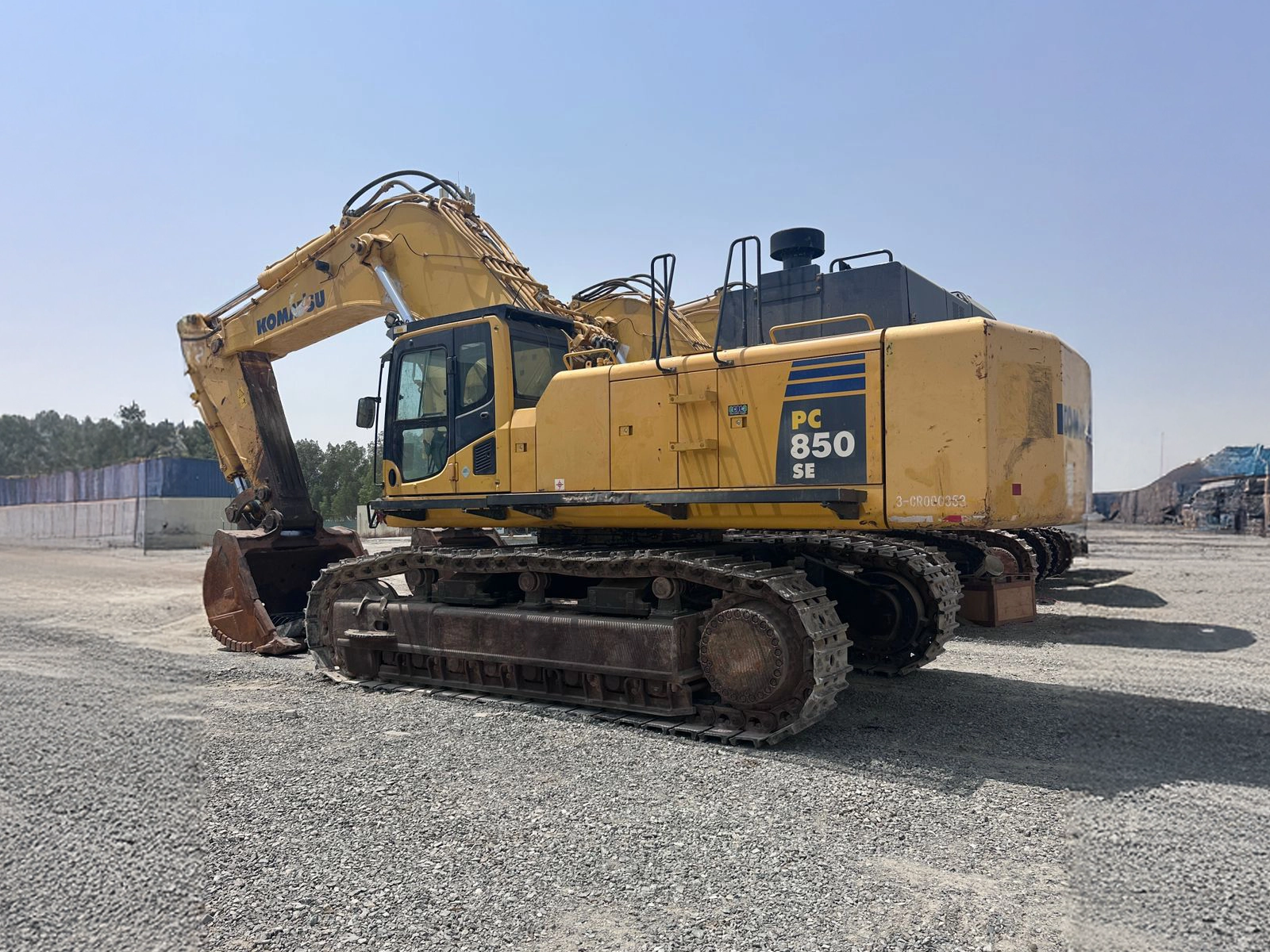
Attachments: Expanding Capabilities
Another key trend is the rising use of attachments to make excavators more versatile. Hydraulic breakers, augers, crushers, and grapples allow a single machine to perform multiple tasks—reducing the need for additional equipment. This adaptability not only saves costs but also boosts efficiency on complex projects.
Market Outlook and Demand
Global demand for excavators is projected to remain strong, fueled by large-scale infrastructure projects, mining, and urban development. Asia-Pacific continues to lead the market, with India and China driving growth through massive road, rail, and housing projects. Meanwhile, North America and Europe are seeing strong demand for technologically advanced, sustainable models to meet stricter environmental regulations.
The Road Ahead
Excavators are no longer just digging machines—they are becoming intelligent, eco-friendly, and multi-functional assets. Contractors and fleet owners who invest in next-generation excavators will gain a competitive edge through efficiency, compliance, and adaptability.
In 2025 and beyond, the excavator will remain at the heart of construction—but with new innovations, it is poised to become smarter, greener, and more versatile than ever before.
Items For Sale Hexco Global
View All
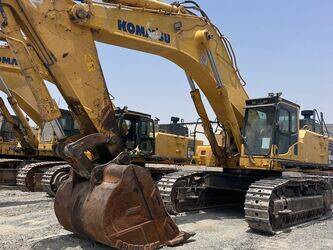
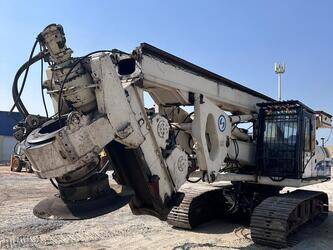
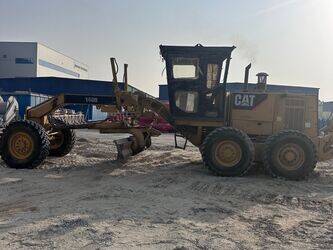

Items For Sale Hexco Global
View All





 Construction Equipment
Construction Equipment
 Cranes
Cranes
 Material Handling
Material Handling
 Trucks & Trailers
Trucks & Trailers
 Vehicles
Vehicles
 Agricultural Equipment
Agricultural Equipment
 Live Auctions
Live Auctions
